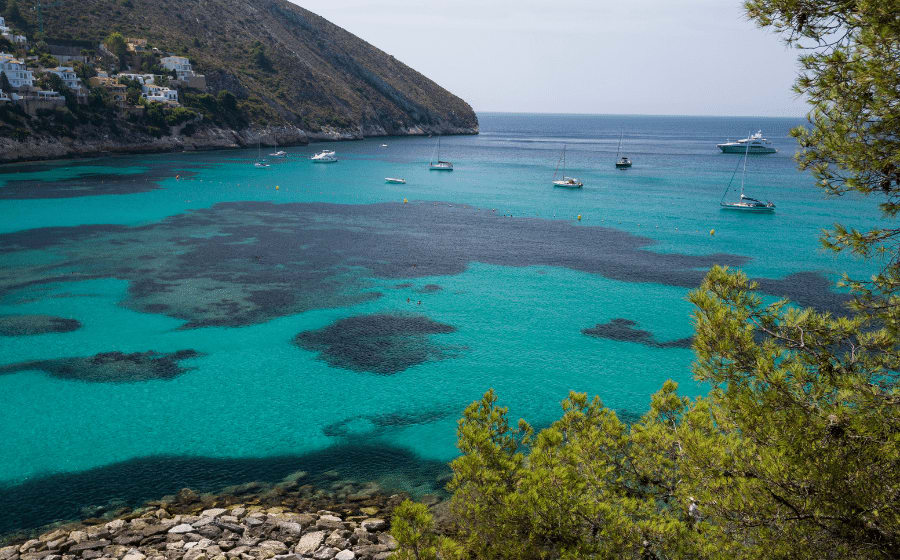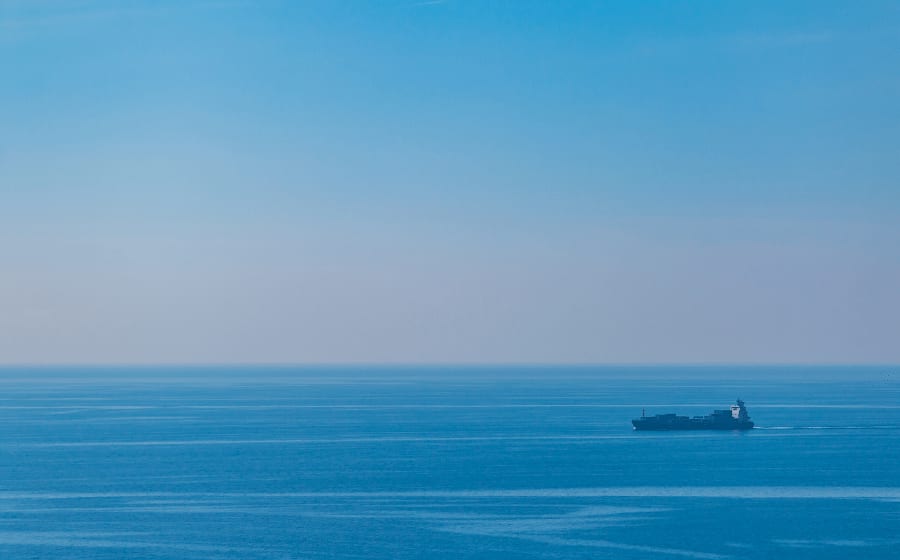Is the Black Sea part of the Mediterranean? Yes and no. This is why
November 29, 2022
Win a FREE Trip to Spain!
Exciting Announcement! For the first time, we're thrilled to offer exclusive trips to the heart of Spain - an experience like no other. This isn't your typical tourist journey; it's a unique opportunity to immerse yourself in authentic Spanish culture, alongside real locals and our passionate team.
But there's more! Simply by requesting information about this amazing trip, you'll be entered into a special draw to win a Fully Paid Trip to Spain for Two. And that's not all - everyone who inquires will receive an exclusive bonus gift, valued at $500, available only now.
Ready to Discover the Real Spain?Click Here ↑ to Request Information & Enter the Draw!
Is the Black Sea part of the Mediterranean Sea? If you glance at a map, it will look like both bodies of water are miles away, but thin lines make a big difference.
Let’s not confuse the Black Sea with the Dead Sea; these are entirely separate from each other, and the latter is where you just float.
This article contains facts and curiosities about the Black Sea and is filled with unmissable activities to do if you find yourselves traveling around there.
Okay! Ready to complete your personal encyclopedia on seas? I didn’t think so either, but I bet that after this, you’ll know things most people don’t.
Table of Contents ▼ ▶
If you are curious about the Mediterrenean Sea, check this articles!
Mediterranean Sea Sharks: Watch Out for These 7 Magnificent JAWS!
13 Fascinating Mediterranean Sea Facts You Always Wanted to Know
Why is the Mediterranean Sea called like that? 5 Unknown Facts
Is the Black Sea part of the Mediterranean Sea?
No, the Black Sea is a different body of water from the Mediterranean Sea. But, both Seas are connected by two seas and narrow straits.
The Black Sea is located on the southeastern side of Europe. It might not seem like it, but it is connected to the distant waters of the Atlantic Ocean by the Bosporus, the Sea of Marmara, the Dardanelles, the Aegean Sea, and the Mediterranean Sea.
Now, it seems that the Mediterranean Sea and the Black Sea are miles away from each other; but as I mentioned before, they are not. Let’s look into this in detail.
If you notice the map below, you will see that the Black Sea and the Sea of Marmara are connected by the Strait of Bosporus. Then, the Sea of Marmara and the Aegean Sea is bound by the Strait of Dardanelles, and the Aegean Sea is the one that flows into the Mediterranean.

Explanation of their connection
“Warm, salty water flowing from the Mediterranean Sea into the Black Sea ventilates the mid-depth water column, trapping anoxic water below and maintaining the sea’s distinctive structure. Previous research has shown that more water exits the Black Sea at the strait than enters” - Eos science magazine.
What countries does the Black Sea border?
The Black Sea borders seven countries; Bulgaria, Romania, Georgia, Moldova, Russia, Turkey, and Ukraine.
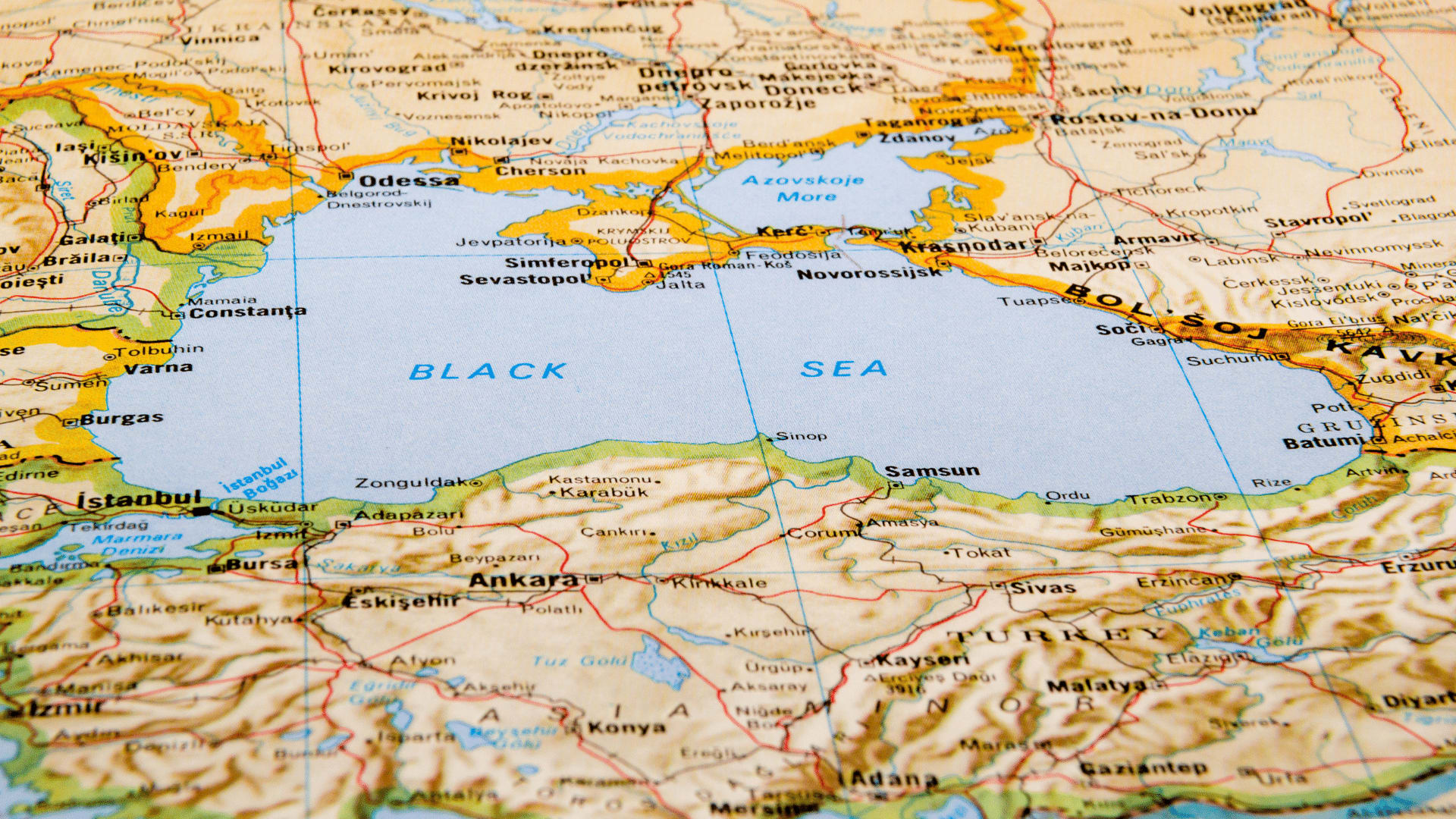
Weather and coastline
The Black Sea influences the coastline and weather of each of these countries. This body of water is responsible for mild winters and cooler summers. So, if you ever visit either of these countries’ coasts, you must know that the seasonal average water temperatures are between 11.6°C and 15.7°C; most of the beach is characterized by its cold to freezing water.
So, the black Sea should be your next destination if you are like the Finnish and enjoy diving into cold water to keep the youth!
In addition, the Black Sea Region is the name given to Turkey’s coastline border with this body of water, which has long, wide silvery beaches and low sand dunes.
Economy
The Black Sea is considered a strategic position between the world and eastern European countries, called a “geo-political” and trade corridor of great importance. It is a bridge between Europe with Asia to the Caspian Sea, Central Asia and the Middle East, and south-east Asia and China.
7 Facts and Curiosities about the Black Sea
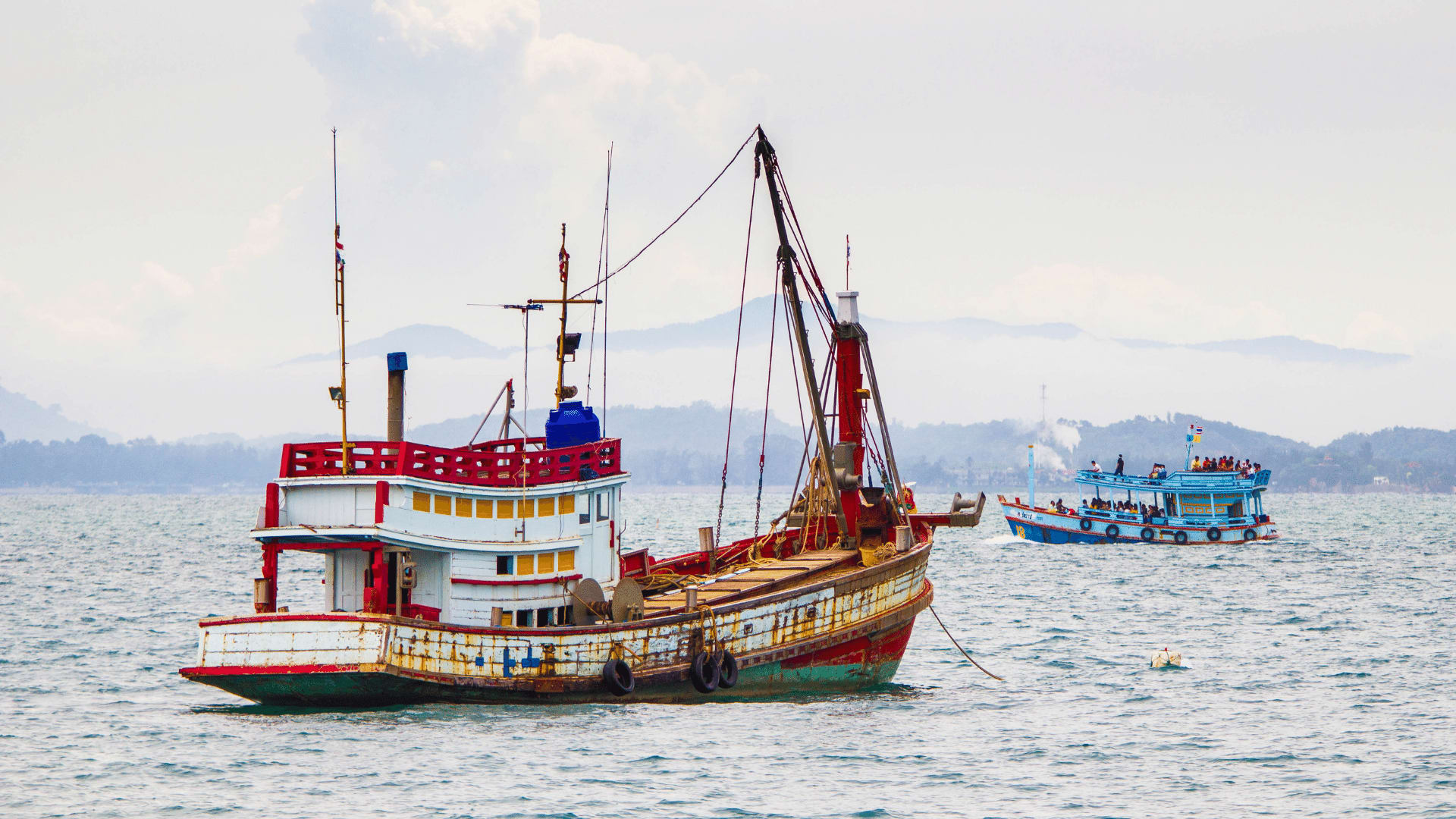
1. It’s the world’s largest inland body of water.
The Black Sea covers 163,000 square miles (this is more than the state of California, could you imagine?!!). However, the Black Sea is different from other inland bodies of water as it’s also considered a marginal sea. These are large, shallow bodies of water along continental edges or margins.
2. Some of the rocks are at least 540 million years old.
The rocks in this area date back to the Precambrian era, the earliest eon of the earth’s history. Just so you know, this period lasted from the formation of the solar system (4.6 billion years ago) until the first multicellular animals appeared. Just so you know, the ancient rocks along the Black Sea were around for almost 300 years before dinosaurs even came onto the scene. Isn’t that crazy!!
3. It’s an earthquake-hot zone.
There have been numerous earthquakes around the Black Sea, yet the most impactful and important one was in 1901, known as the Black Sea earthquake or what many people called the Balchik earthquake in Bulgaria.
The Balchik earthquake had a magnitude of 7.2, and produced a 1-16 foot tsunami that ravaged the Romanian and Bulgarian coasts. The aftershocks lasted more than 4 years.
4. It takes 2.500 years for the water to be completely recycled.
Many rivers flow into the Black Sea (the Dunabe, Dnieper, Southern Bug, and Don river…). However, the primary outflow is the Bosporus Strait, which leads to the Mediterranean Sea (we’ve talked about it before); because this stray is very slow flowing, it takes proximally 2.500 years for the water in the Black Sea to be fully recycled.
5. A giant undersea river flows beneath it.
It was in 2010 that scientists discovered something spectacular!! A current of saline water flows from the Mediterranean Sea, through the Bosphorus Strait, and along the seabed of the Black Sea. Since then, many undersea rivers have been discovered, although this one was the first in the world.
6. Due to human activity, it remains one of the world’s most damaged marine areas.
Maintaining the Black Sea’s unique and delicate ecosystem depends on the salinity, water level, and amount of nutrients. In the last several decades, human activity has affected all these factors. Such action includes manufactured pollution, over-harvesting for fisheries, and an increased nutrient load.
7. Once, it turned turquoise.
There’s a famous photograph of the Black Sea where you can see turquoise colors across the water’s surface. What caused this phenomenon? This happened due to the large blooms of phytoplankton.
8. The Black Sea’s water is anoxic
“The deep waters do not mix with the upper layers of water that receive oxygen from the atmosphere. As a result, over 90% of the deeper Black Sea volume is anoxic water”.
The Black Sea is characterized by its meromictic basin, which means that the layers of water don’t intermix. And what is the consequence of this? Below 230 to 330 feet (70 to 100 meters) at the Sea’s center, and 330 to 500 feet (100 to 150 meters) near its edge, there is no oxygen.
9. Why the Black Sea is called the like that
There are two theories behind the name of the Black Sea; historians attribute its name to the Greeks, and its depth.
History registers Roman geographer Pomponius Mela as the first author to offer written evidence of the Black Sea’s name, originating in the 1st century ACE. Mela wrote that the SeaSea was first called ‘inhospitable’ or, in Greek, Pontos Axeinos because of the storms and the hostile population on its shores. Nevertheless, the Greeks later called it *Euxine or* ‘hospitable’ because the Milesian civilization closed and helped expand Greek society. In this theory, the word black has nothing to do with the situation, but I can assume it was a way to reference the struggle the Greeks faced every time they tried to sail its waters.
The second theory argues that locals on the shores of the Black Sea gave it the name because of its depth. The average depth is between 1,240 and 1,315 meters, though it reaches a maximum of 2,212 meters. If looking at it from space, the waters have a very dark blue tone.
The last one makes more sense; if we ask someone from the small coastal towns, they will have even more stories and theories.
The Black Sea Best Spots
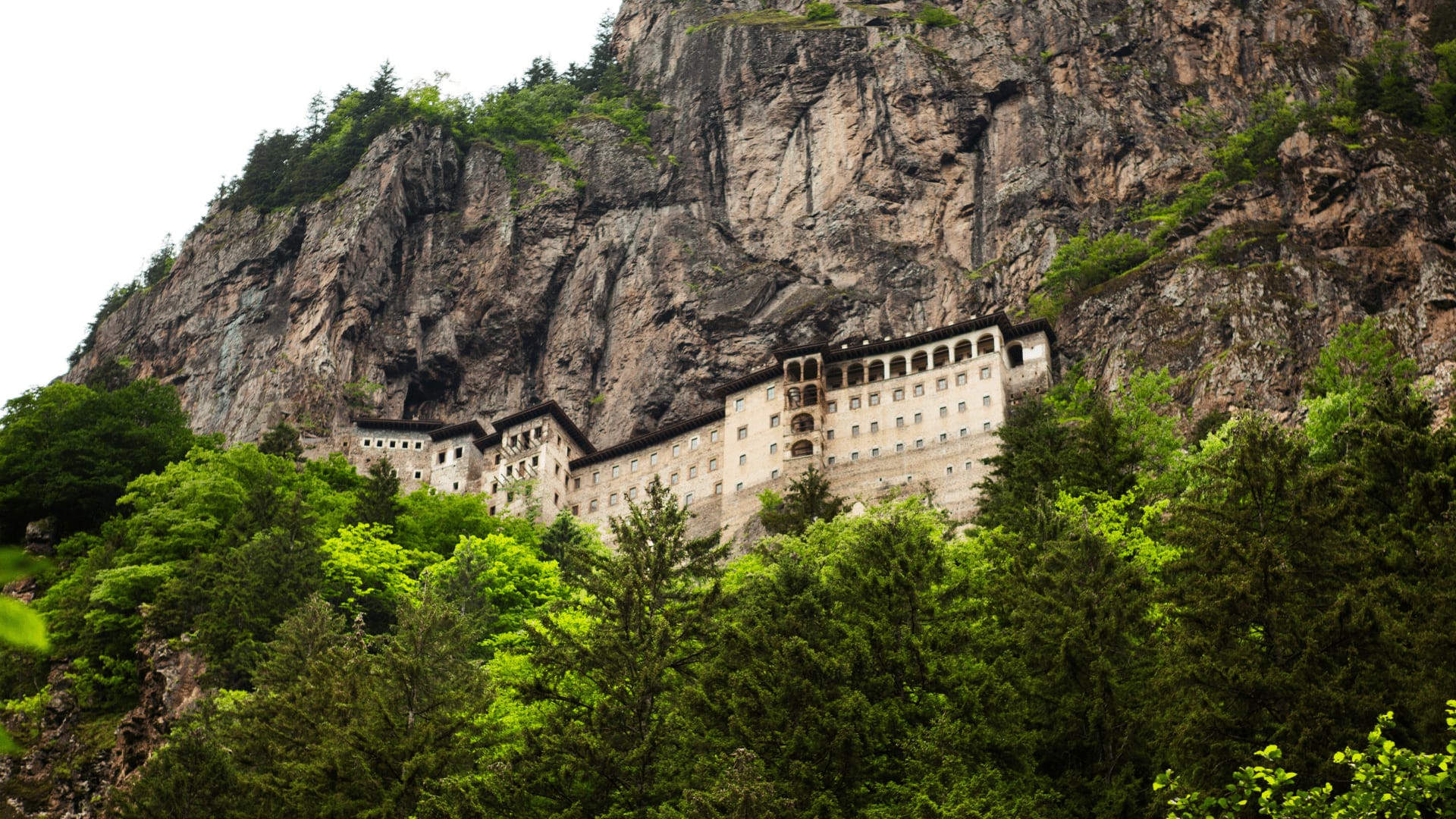
Here we’ll leave you a checklist of all the places you should visit when traveling through the countries of the Black Sea.
- Visit the Sümela monastery in Turkey. It’s a magnificent monastery in a sheer cliff. The biggest highlight is the views of the monastery.
- Swim and relax on the Black Sea. The black Sea is not seen as a summer place to go on vacations, but it actually is. It has some great beaches where you can relax. There are white sand beaches, particularly in Istanbul and Edirne. Caka Beach is one of the best places to go in the summer. It’s in the Ordu area, and it attracts many local families in the summer. Bulgaria, particularly Varna, is a fantastic place to find the best beaches and resorts and peace and quiet.
- Day trip to the Alpine Landscape of Ungöl. It’s one of the most popular trips in Trabzon, a harbor city in Turkey. There isn’t much to do here; looking at the views and relaxing is the best thing you can do. You can take hikes to get the best picture of this cute little village.
- In the region of Turkey in the Black Sea, you can’t miss one of the most beautiful caves in the world, the Karaca Cave. The surrounding areas of the cave were formed by volcanic deposits like andesitic and basaltic lavas, carbonate minerals, and volcanic rocks. What’s more remarkable about the Karaca Cave are the travertine pools you can find all around the cave.
- In the middle of a farm, a few kilometers from Sozopol, hides the Castle of Ravadinovo, entirely made of stone. It is mystical and exotic; you will find flower gardens, landscaped lawns, and a variety of statues, small bridges, fountains, and ponds. I invite you to visit it during summertime.
This is it about the Black Sea! Now, you know that this body of water is not part of the Mediterranean, but they are connected through thin lines or very narrow straits with a lot of power.
If you have any questions, don’t hesitate to ask!



